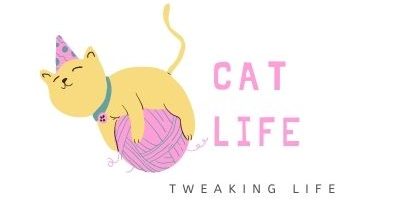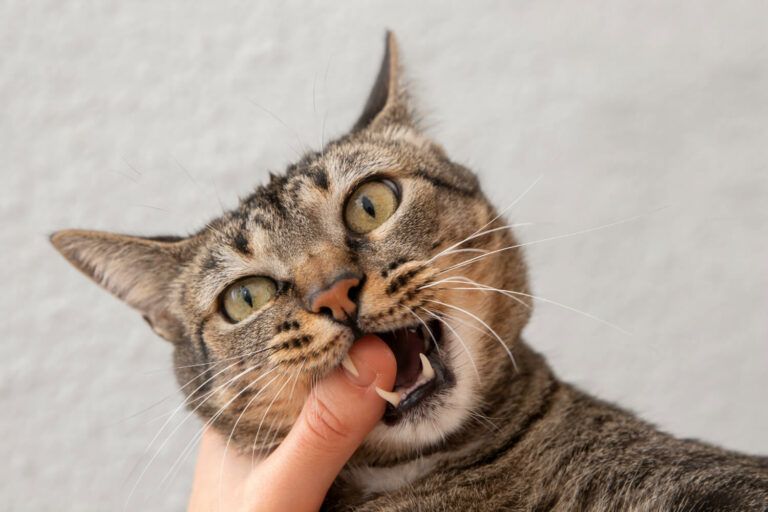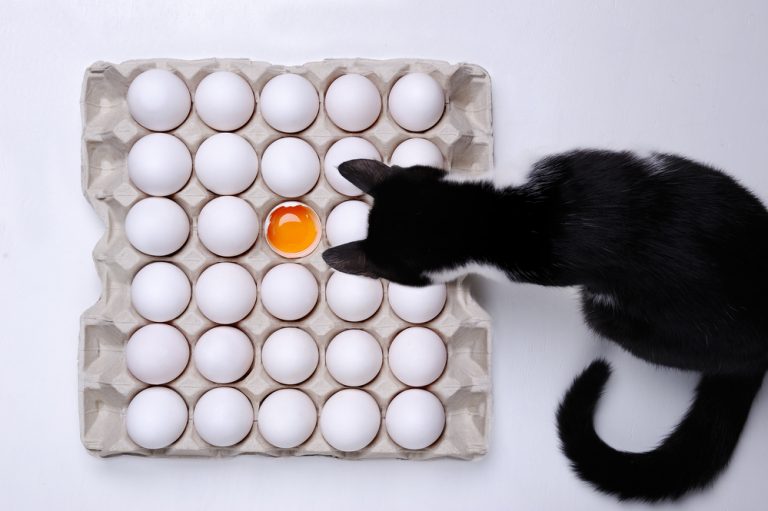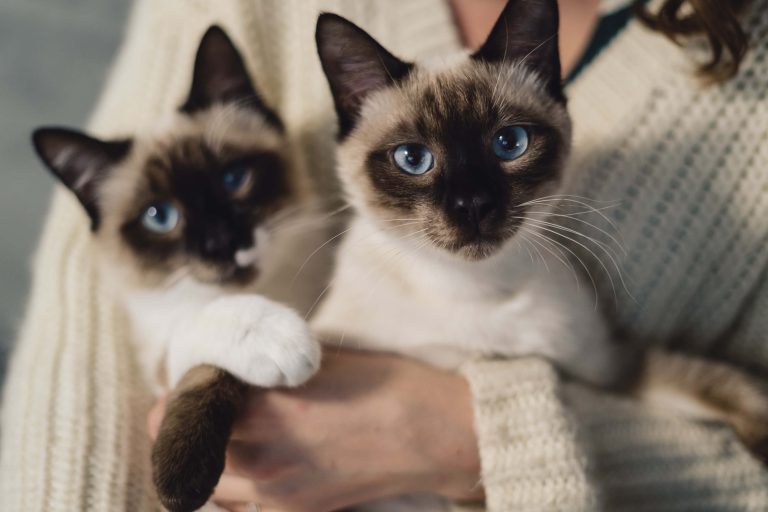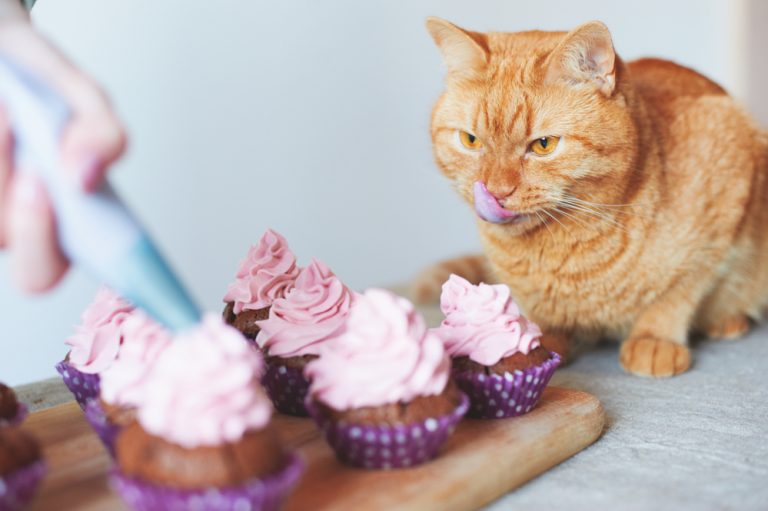Cat tail language : How to accurately read your cat’s body language
Your cat walks in, raises and curls the tip of its tail, and you can’t understand what s/he is telling you. Or maybe you see your cat’s tail swinging from left to right, and you’re left wondering how to decode that cat tail language.
Worry not, this article will help you understand your cat purrfectly.
Cats use multiple languages when trying to communicate; from their body language to their tail to their meows.
Fun cat fact: Cats do not meow at fellow cats. Adult cats only do that to communicate with humans. And yes, a study proves they do understand humans they just choose to play aloof.
To live comfortably with your cat, you’ll need to understand the primary cat tail language. Observe your cat to also understand her better and how she communicates to you using her tail. Here are some ways cats communicate with their tails.
Cat tail language 1: Tail held up high
Whenever your cat has her tail up in the air, shes simply saying she’s happy, confident and contented. It might also be a show of marking her territory as she marches around the house claiming it as hers. Your cat is also signalling to you that she is friendly and you’ve done an excellent job at raising a friendly cat.
If the tail has a little twitch, then your cat is most likely experiencing a happy moment at that time.
How you should react: Take this opportunity to bond with your cat through playing and make sure to offer some treats. You can also cuddle her, seeing that she is in a happy mood and willing to be friendly.
How you should not react: Avoid or stay away from your cat.
Cat tail language 2: Tail curved at the top, resembles a question mark.
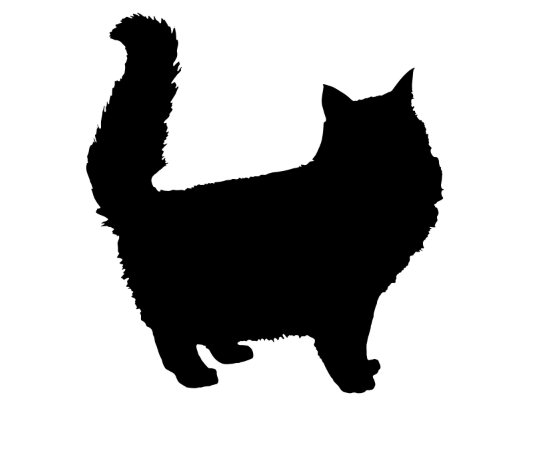
If you notice your cat curling her tail like a question mark, then that’s a signal that she’s in a playful mood. Take the cue and jump in and take advantage of the playful and happy mood your cat.
How you should react: Take this chance to play and bond with your pet. You can also offer your hand for sniffing while she’s in a happy mood. Offer treats as well as pet your cat to reciprocate the friendliness.
How you should not react: Avoid or stay away from your cat, not playing with your cat.
Cat language 3: Tail is low/straight down
Watch out for this position as it signals that your cat is agitated and may be aggressive. Beware that this is a very serious mood.
However, some cat breeds, such as the Persians, will have their tails straight down for no particular reason.
How you should react: Do not try to engage your cat when in this state. You can try to observe what is upsetting or agitating your cat in your environment so you can neutralize it.
How you should not react: Agitate your cat further by doing what s/he does not like.
Cat tail language 4: Tail is curved or tucked away beneath the body.
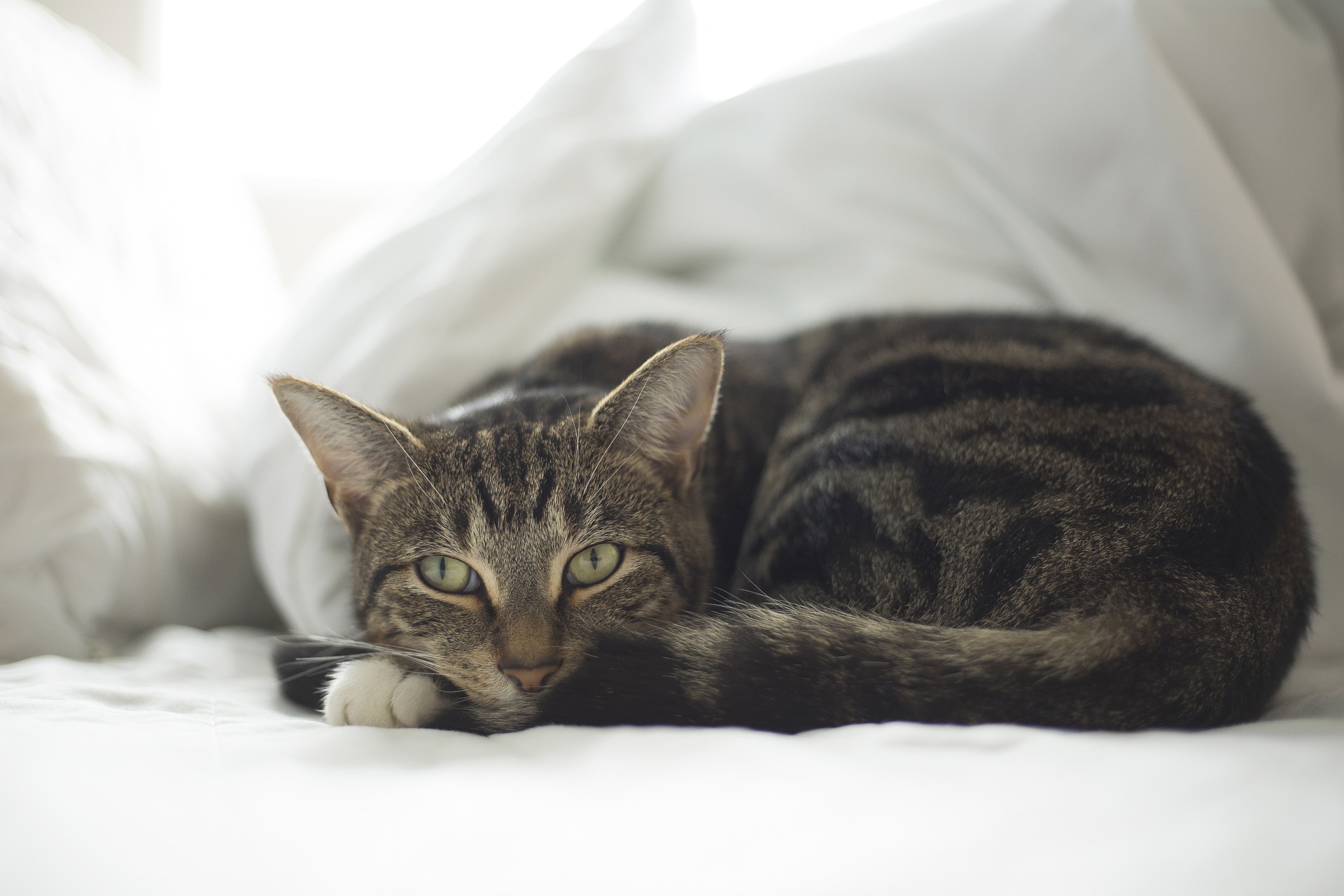
This tail position signals that your cat is submissive and/or nervous. Your cat might also be afraid and expresses her fear through tucking her tail beneath her body.
How you should react: It is best to act nonchalant and wait for your cat to come to you. Don’t be too pushy while she’s in this mood.
How you should not react: Try to pet or play with your cat.
Cat tail language 5: A puffed tail.
A puffed tail is a sign of a very agitated cat who has already activated the defensive side. Your feline friend may also be scared or angry while pulling this cat language. Cats puff their tails to appear bigger and scare off whoever/whatever is agitating them. Coupled with a hissing sound, this threat more often than not manages to accomplish its purpose.
How you should react: Do not attempt anything with your cat when she’s like this. Simply leave her alone until she’s calm or ready to mingle with you.
How you should not react: Try to pet your cat.
Cat tail language 6: A whipping tail.
If you notice your cat is whipping her tail back and forth, she’s most likely agitated. Your cat may also be feeling a little scared, and it may be a sign of aggression. Some cats also express their anger by whipping their tail.
How you should react: Stay away. The whipping tail is enough that your feline friend is not in the mood for some cuddling.
How you should not react; Trying to play or pet your cat.
Cat tail language 7: Swaying/twitching/swishing tail from side to side.

You’ll notice your cat sways their tail side to side whenever they are focusing on something. You can test it out when you’re playing with your cat and some few seconds before she pounces on the toy, you’ll see the tail swishing.
How you should react: Let your cat enjoy and follow what is captivating her.
How you should not react: Try to distract your cat’s attention.
Cat tail language 8: Wrapped around another cat.
Just like humans, cats do sometimes say hi to each other. While usually, you’d give someone a hug, a cat will curl and wrap its tail around another cat.
Your cat is simply trying to be friendly to the other cat.
The table below summarises how cats use their tails to express themselves.
Cat tail language table
| CAT TAIL LANGUAGE | WHAT IT MEANS |
Curved at the top, resembles a question mark |
a playful mood. |
Low/straight down |
Agitated, aggressive, serious mood. |
Curved or tucked away |
Submissive, nervous, afraid. |
Puffed tail |
Scared, angry, defensive. |
Whipping tail |
Agitated, scared, angry. |
Swaying/twitching/swishing tail |
Focused |
Sitting upright, the tip of the tail is moving |
Interested, alert |
Up at a 45-degree angle |
Unsure |
Upright |
Content |
Held up high |
Happy, confident, contented. |
IF YOU FOUND THIS ARTICLE USEFUL AND YOU’D LIKE TO CHECK LATER, YOU CAN PIN IT ON YOUR PINTEREST CAT BOARD
